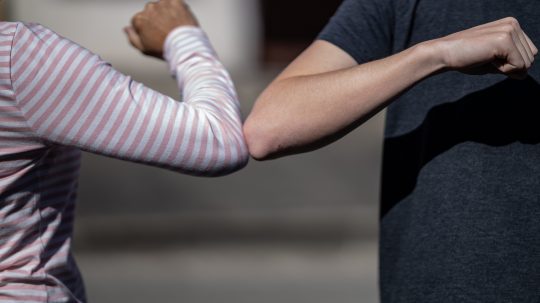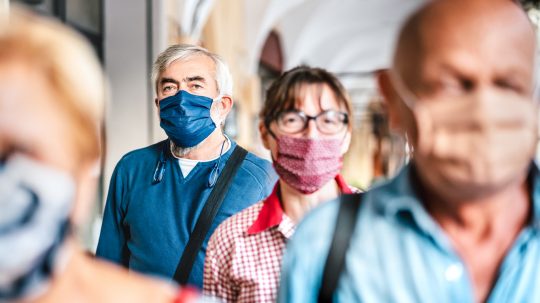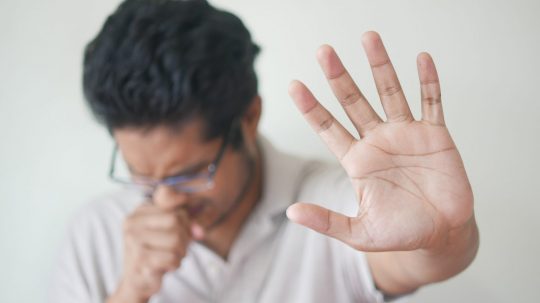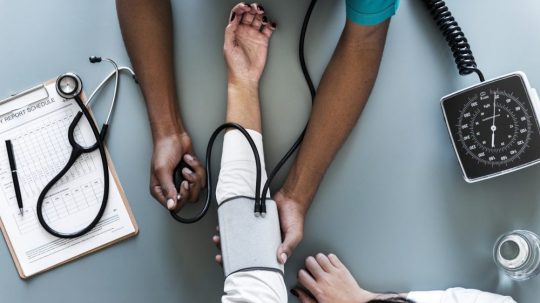Inequalities Have Always Been There
Whilst we need to acknowledge that many digital, political, economic and clinical responses to the urgent global crisis needed to be swift – in some cases, with very little time to consider all consequences in much depth – we must not lose sight of the issues relating to inequality and human rights that have always been there. It is our collective responsibility – from policy-makers, scientists, journalists, activists, scholars to media and technology practitioners – to use this moment in time to reflect how we can change our policies, practices and socio-cultural understanding in ways that move towards that fairer society. Representation should be at the start and heart of all such thinking: we must consider how to represent ideas and information; and also how representation shapes perception of these ideas and information.
Representation affects all areas in life. For example, why is there so little data collection on ethnic minority communities during and continuing the pandemic? If such inequalities are already set in place even at the data collection stage, then ensuing research and practice – from statistics informing clinical solutions to support and care – are similarly going to be skewed, not necessarily representative or appropriate for the whole population. There needs to be a fundamental cultural, technological and methodological change in the way data is collected, monitored and analysed. After all, these types of data inform policy and governmental decisions that impact society across all areas of life.
Similarly, whilst social media has been at the forefront of digital and hashtag activism and advocacy during the pandemic, including #StopAsianHate to #LongCovidIsReal, not to mention being a life-saving resource for many suffering from Long COVID, we must also be aware that social media in itself has a skewed demographic.
Does everyone have access, digital literacy and/or the willingness to be on social media? Such questions impact representation and thus public perception; whether Long COVID patients are recruited via social media (hence only a certain portion of the population generating data), or only certain groups of society having access to support and resources (which in itself might be a source of misinformation). We must all think beyond social media as a means of communication, and always consider how else can we reach communities beyond Twitter, Facebook, Instagram, Youtube or TikTok.





